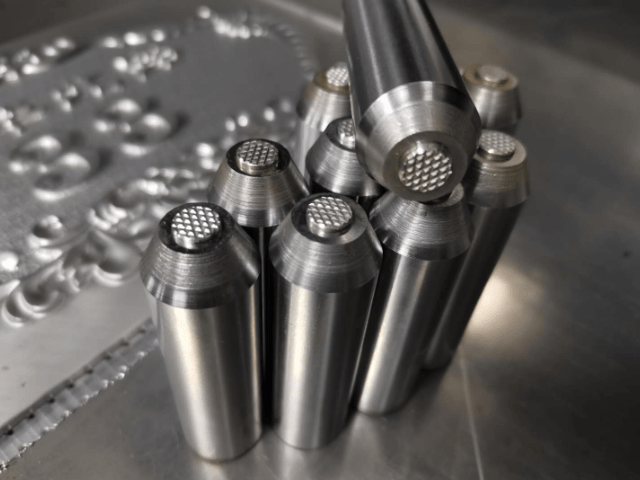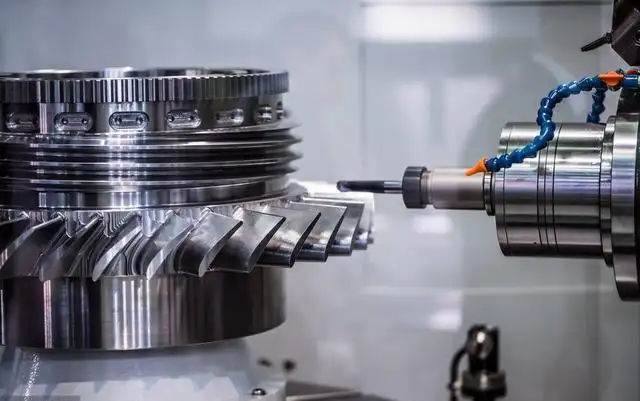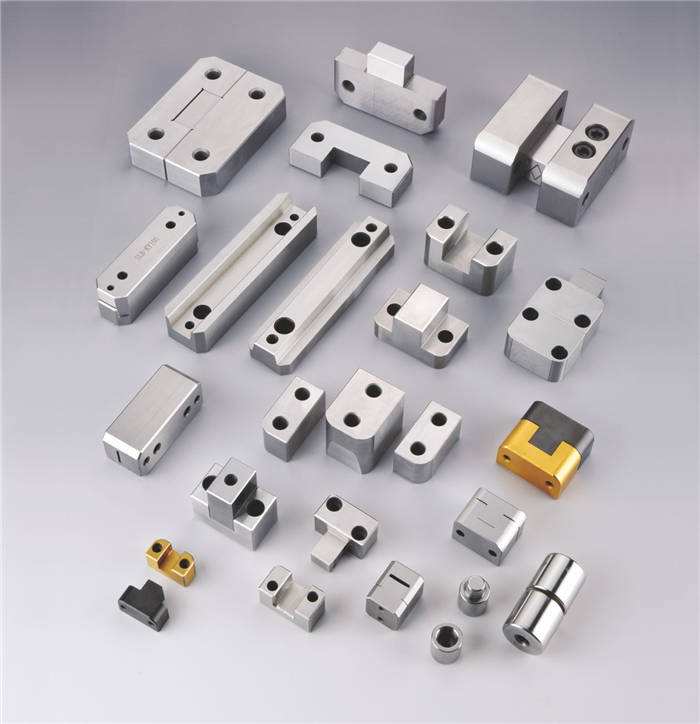There is no more common problem than the deformation of machined sets of parts.
Due to the special characteristics of the structure of the set of parts, the wall thickness of the parts is generally thin, in the process of processing thin-walled parts, usually due to clamping force, cutting force or processing heat deformation and other factors that cause parts deformation.
Part deformation not only causes the waste of raw materials, increase the manufacturing cost, but also has a certain impact on production efficiency.
So, how to prevent the deformation of the set of parts in machining? We can start from the process, clamping, cutting force and heat treatment.

A, reduce the impact of the process on the deformation of parts
1, subdivision of the processing process. For example, roughing and finishing separately, if necessary, can be divided into roughing, semi-finishing, finishing three processes for processing, reduce the stress caused by a processing deformation.
2, reasonable arrangement of heat treatment process. Heat treatment can improve the mechanical properties of the parts, physical properties and chemical properties, but and easily cause parts deformation. Therefore, heat treatment can not be used as the last part of the workpiece processing process.
Second, reduce the impact of clamping force on the deformation of the parts.
In the process of taking the following measures to reduce the impact of clamping force:
1, the use of radial clamping, the clamping force should not be concentrated in a radial section of the workpiece, but should be distributed over a larger area to reduce the workpiece unit area subjected to clamping force.
Such as the workpiece can be installed in an appropriate thickness of the open ring, in conjunction with this ring together with the clamping.
Special jaws that increase the contact area can also be used. To hole positioning, it is appropriate to use the open mandrel clamping.
The location of the clamping force should be selected in the parts of the rigid parts, in order to improve the deformation of thin-walled parts under the action of clamping force.
Change the direction of the clamping force, the radial clamping to axial clamping.
Made on the workpiece to strengthen the rigidity of the process tab or process threads to reduce clamping deformation, processing with a special structure of the jaws clamping, the end of processing will be cut off the convex edge.
Third, reduce the impact of cutting force on the deformation of the part
1,Increase the main deviation angle and main front angle of the tool to make the cutting edge sharp and reduce the radial cutting force during processing.
2, the roughing and finishing are separated, so that the roughing deformation can be corrected in the finishing process, and take a smaller cutting amount.
3, inside and outside the round surface processing at the same time, so that the cutting force offset.
4, reduce the impact of heat treatment on parts deformation.
For many metal parts, in order to make the workpiece has the required mechanical properties, physical properties and chemical properties, in addition to the reasonable choice of materials and a variety of forming processes, heat treatment process is often essential.

Metal parts in the heat treatment, due to the existence of thermal and tissue stress, and this internal stress can change with the heating temperature, heating rate, cooling mode, cooling rate, the shape and size of the parts, so the heat treatment deformation is inevitable.
Reasonable arrangement of the heat treatment process. Heat treatment will be placed between roughing and finishing, so that the arrangement can reduce the processing difficulty of roughing, reduce the wear and tear on the tool, but also reduce the impact of heat treatment on the deformation of the workpiece.
Appropriate increase in finishing allowance. As the set of parts after heat treatment will generally produce a large deformation in the finishing process can be corrected, but we must pay attention to the appropriate increase in finishing allowances.













